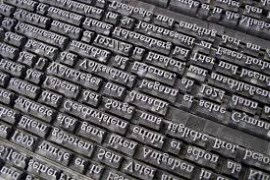Livre | Chapitre
Cartwright's realist toil
from entities to capacities
pp. 99-122
Résumé
Cartwright has been both an empiricist and a realist. Where many philosophers thought that these two positions are incompatible (or, at any rate, very strange bed-fellows), right from her first book, the much-discussed and controversial How the Laws of Physics Lie, Cartwright tried to make a case for the following view: if empiricism allows a certain type of method (inference to the most likely cause), an empiricist cannot but be a scientific realist — in the metaphysically interesting sense of being ontically committed to the existence of unobservable entities. Many empiricists thought that since empiricism has been traditionally anti-metaphysics, it has to be anti-realist. One of the major contributions that Cartwright made to the philosophy of science is precisely this: there is a sense in which metaphysics can be respectable to empiricists. Hence, scientific realism cannot be dismissed on the grounds that it ventures into metaphysics. To be sure, the metaphysics that Cartwright is fond of is not of the standard a priori (or armchair) sort. It is tied to scientific practice and aims to recover basic elements of this practice (e.g., causal inference). But it is metaphysics, nonetheless.
Détails de la publication
Publié dans:
Psillos Stathis (2009) Knowing the structure of nature: essays on realism and explanation. Basingstoke, Palgrave Macmillan.
Pages: 99-122
Citation complète:
Psillos Stathis, 2009, Cartwright's realist toil: from entities to capacities. In S. Psillos Knowing the structure of nature (99-122). Basingstoke, Palgrave Macmillan.










